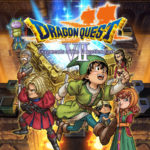HONOR has officially opened pre-orders for its much-anticipated HONOR 400 and HONOR 400 Pro smartphones in South Africa — ushering in a bold new…
Bound review: dance through your darkest dreams
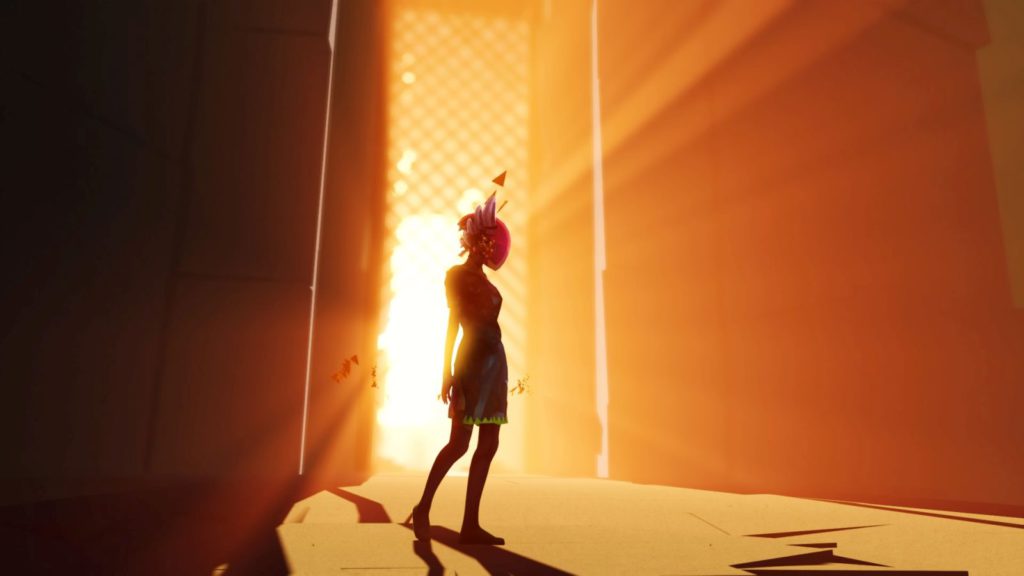
If shooting things in the face is your idea of a great gaming day, look away now, because Bound is a stark departure from your sadistic desires. With that said, though, the oddball game developed by Plastic Studios and Sony-owned Santa Monica Studio sure does ask a fair bit of questions about the gamer, regardless of your mental fortitude.
But what does that mean, and what the hell does this game mean? I kept asking myself this throughout my playthrough and I still don’t have a definitive answer. But can it even be called a game?
According to the title’s director, Michal Staniszewski, the term “notgame” is a better description.
“It’s up to you to decide how you would like to play,” he adds, which is a fairly adept way to describe this title. And although it does sound like a cop-out, Bound is all the more intriguing for it.
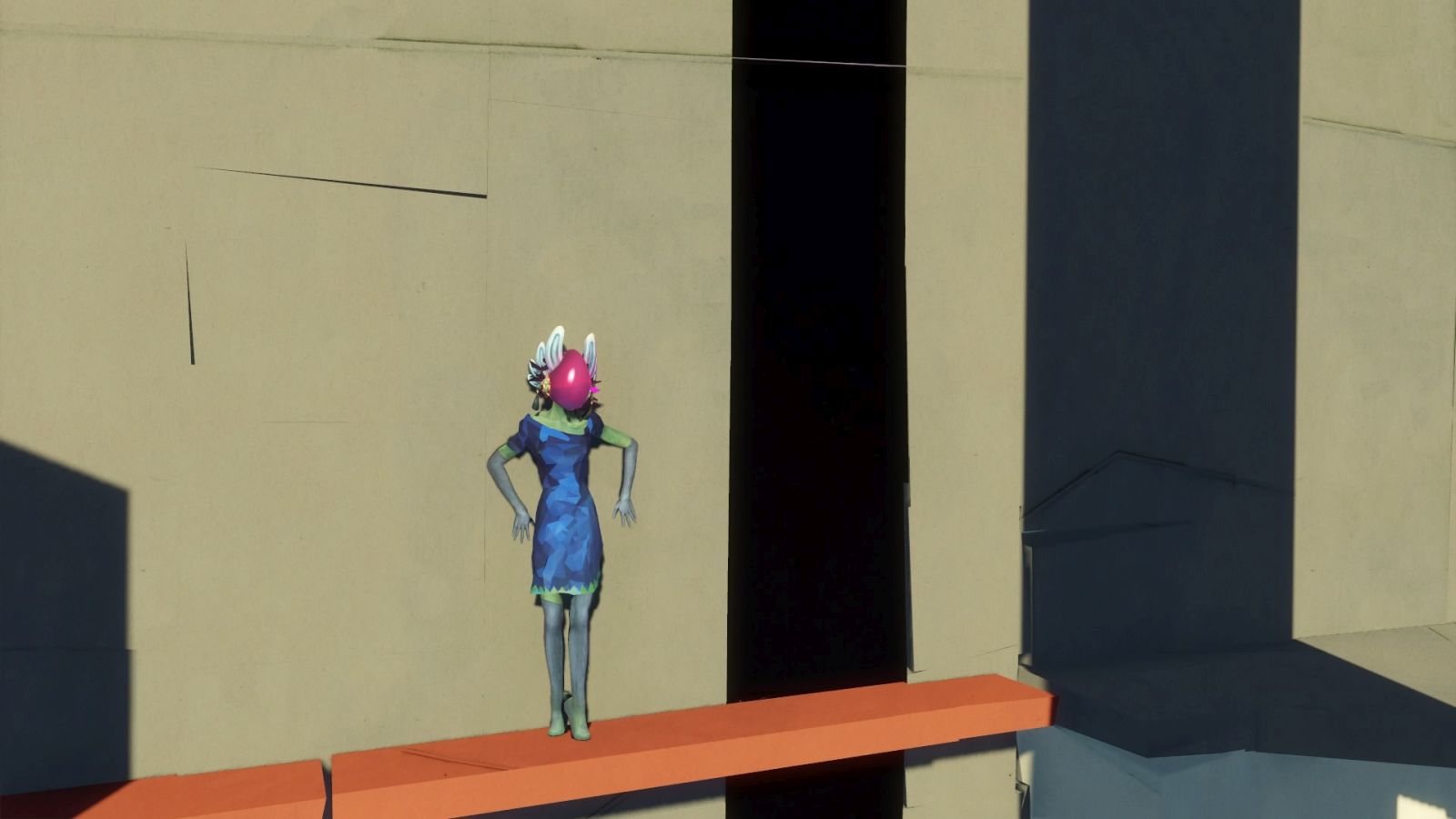
I can’t quite talk about the story without giving it all away, but know this: there are protagonists, antagonists, and one imaginative dream-like world crafted using a series of fluxing geometric shapes. Your mission is to navigate this world, and come to terms with the game’s multi-layered, deeply interpretative story. With that said, you play as a fleet-footed ballerina simply called the Princess.
In Bound, story, atmosphere and emotion are privileged above physics and logic
To start at the nitty-gritty technical centre though — Bound is first and foremost a puzzle platformer, in the same vein as recent indie darlings Ori and the Blind Forest and Unravel. While not as mentally demanding in gameplay as these, there is a sense that story, atmosphere and emotion are privileged above physics and logic.
As a puzzler, there are a few light physics conundrums that stand between you and the end of each level, whether it be finding a ladder, a hidden staircase, or carefully navigating a precarious ledge, there’s a number of different, varying challenges you’ll face. All this in a world that’s a lot like a moving modern art painting.
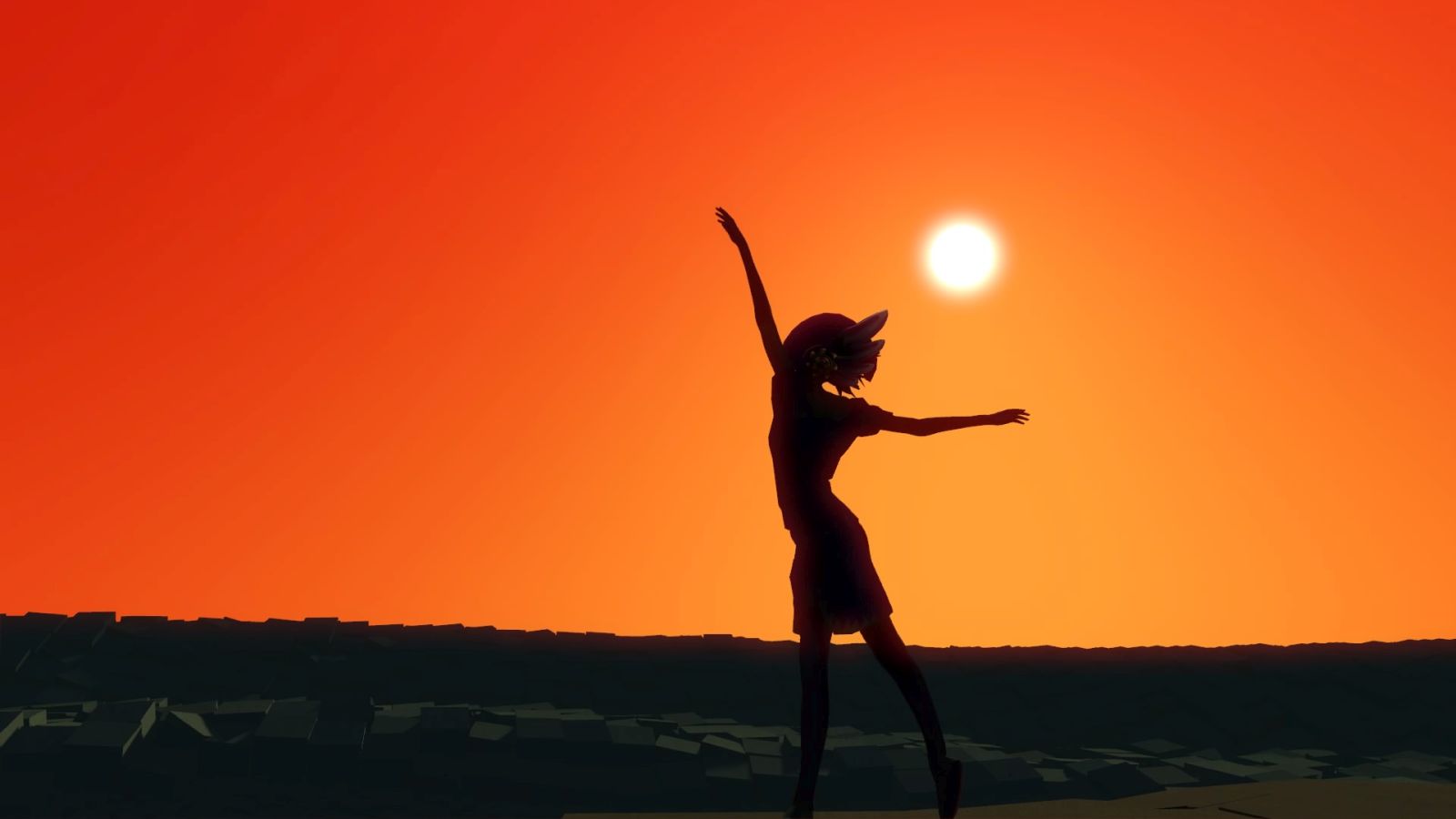
As a platformer, Bound requires you to land a number of jumps, which are often annoyingly misleading. While I suppose Plastic could get away with the “oh, it’s a dream, so it may not be there” excuse, If I see a platform in a gaming world, I expect that I can jump and land safely on it.
Bound surprised me with these oddities here and there — the Princess would seemingly land short but somehow magically make the platforms, while other times she’d climb ledges and fall to her death without any coaxing.
The Princess moves with a light flutter, a graceful trot and flurry of the shoulders
This perhaps plays into the “nothing is static” notion, from the platforms you’re (literally) bounding across, to the way you feel while playing the game. They aren’t daunting, and eventually, you’ll figure them out (unlike Mirror’s Edge Catalyst).
And that’s not all. The wonky camera and mash-potato controls aren’t exactly conducive to landing jumps, or navigating ledges without the game’s aid at the best of times. In these instances, Plastic clearly went for aesthetic delight instead of logical gameplay, with the camera positioned side-on, or directly in front of you, when you need to move towards or parallel to it.
While I appreciate Plastic considering the perspective change to be in tune with the overall notion of a dreamscape, navigating an ever-changing world makes for a horrid experience while platforming. Thankfully, these instances are scarce.

Also central to a puzzle platformer are baddies. While the real antagonist of the game is yourself (especially when you miss platforms like a total idiot), there are those usual suspects trying to murder you along the way. A number of actual objects from the protagonist’s mind will manifest themselves as obstructions in the game, but these can be overcome through the power of dance. No, seriously.
Holding R2 and mashing other buttons in tune makes the Princess dance with a light flutter, a graceful trot and flurry of the shoulders. It’s mostly ballet, but there’s a dash of contemporary in there too. It’s an enchanting watch, even when she’s not faced with immediate danger, so I often galloped through the world swirling ribbons from my hands.
Remaining consistent with our world, dancing improves the Princess’s mood, allowing her to ward off negativity.
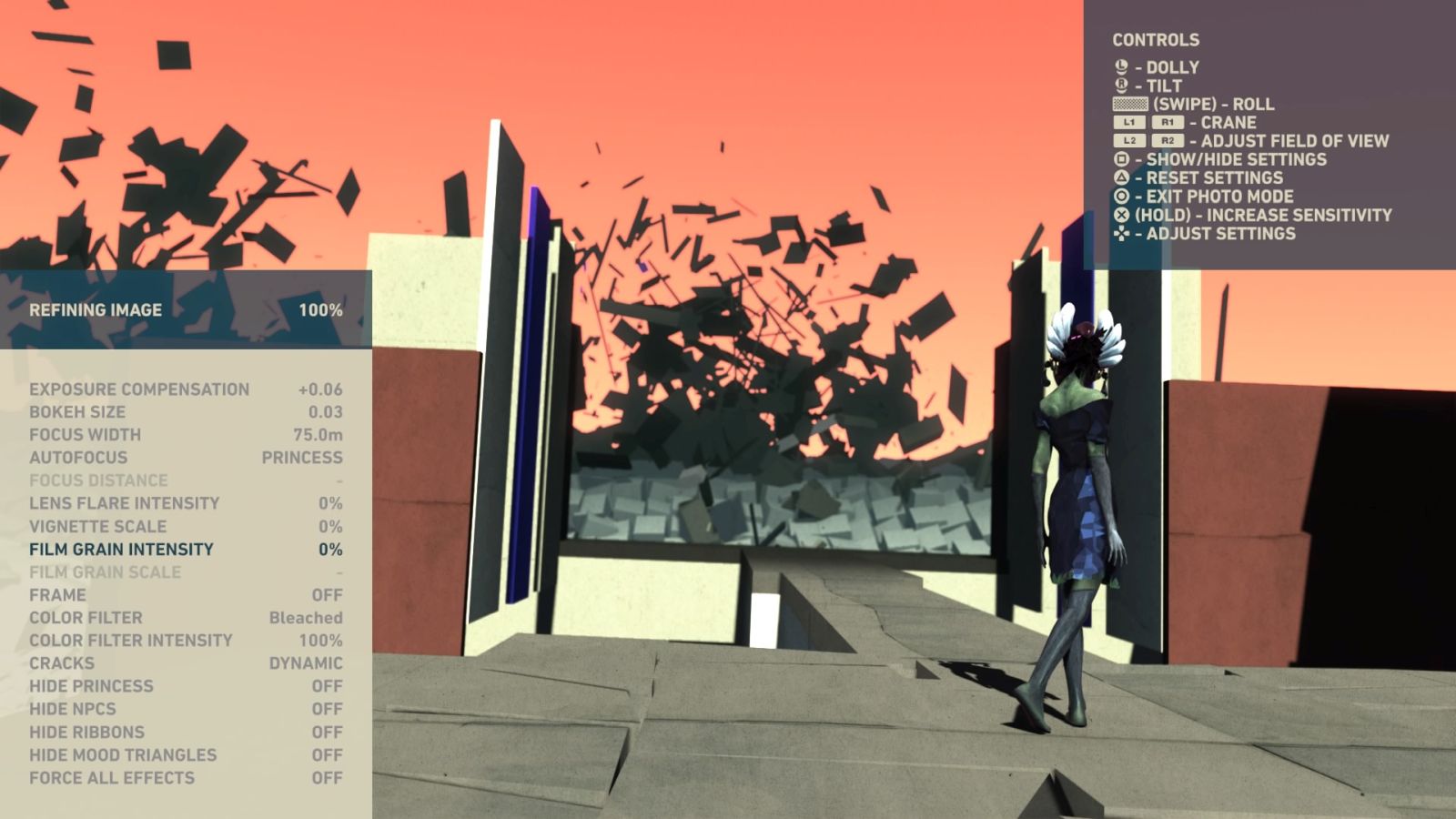
So yes, dance is central to the game’s plot. Instead of punching, fly-kicking or stomping about, dance is your weapon, it’s a gloriously graceful and splendid way to add character to an otherwise dead blotch of polygons. Speaking of polygons, Bound is arguably one of the best motion-capture games I’ve ever seen. I should take a moment to commend dancer Maria Udod and choreographer Michał Adam Góral, who are perhaps as important to this title as the Plastic developers themselves.
Ultimately, the gameplay can be frustrating, but it’s the way it makes the gamer feel that’s really novel. Movement, though, and the game world itself, are surprisingly expressive and cathartic — even if you’re not the one dancing.
For many, Bound is an indie title they’ve been waiting to play since it was announced in December 2015
While it looks good and makes the gamer feel floaty, it’s also paramount in creating the dream-like atmosphere. Plastic also wants gamers to capture these moments, with an in-game Instagram-like photo editing tool.
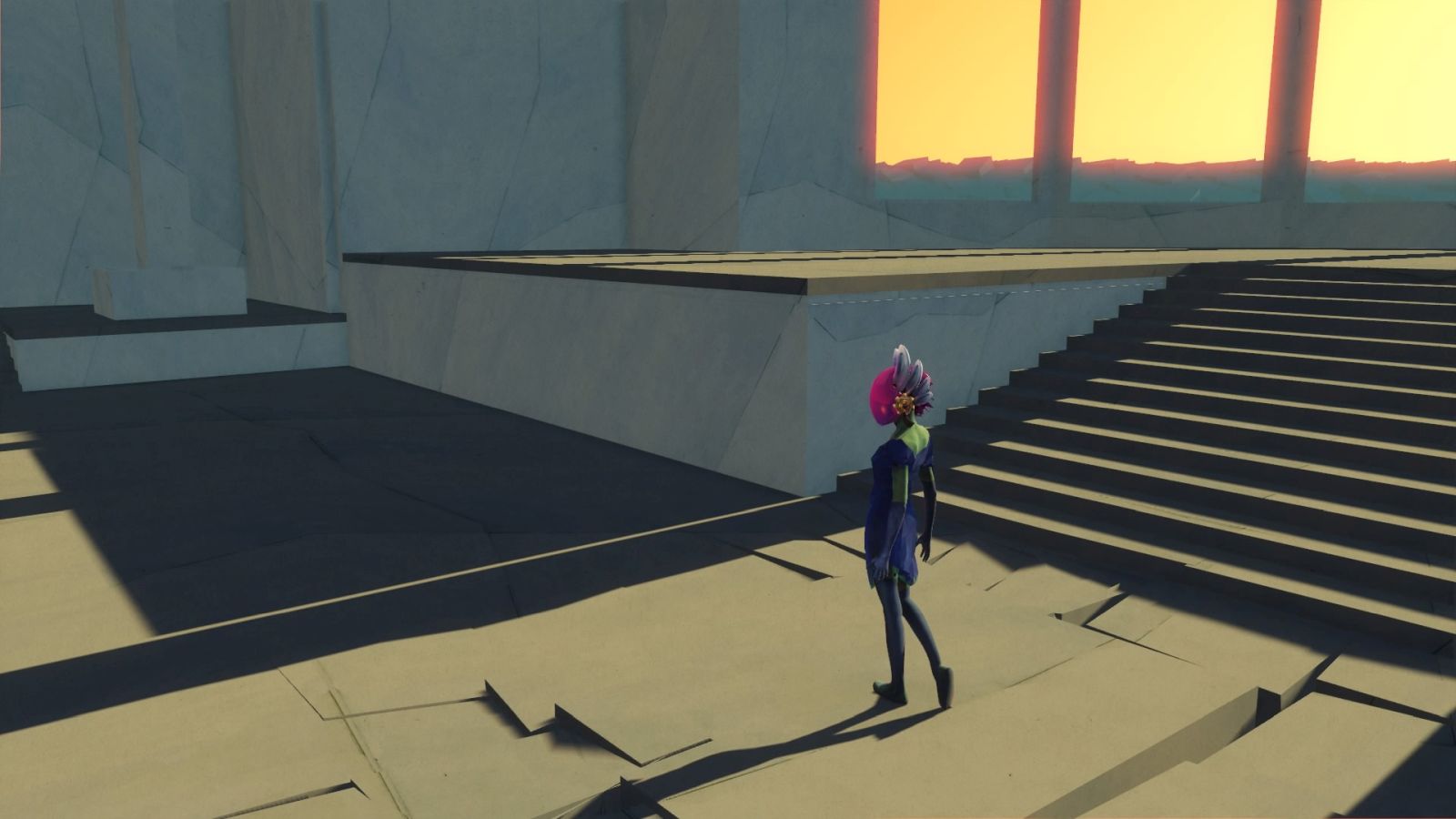
Although it took a while to understand, there’s something therapeutic in freezing time, fooling around with bokeh, and adding colour filters to an already bright scene. It only accentuates the social sharing power of this game (I imagine it’ll be fairly popular on Twitter once released), and turns it into pure wallpaper-crafting fuel.
There’s just one question then, really: why buy this game?
For many, this is an indie title they’ve been waiting to play since it was announced in December 2015. For others, they’ll want a good platformer/puzzler with odd geometric design and a penchant for bright colours. Others will grab onto the story, and focus almost entirely on that. While others will probably pick it up on sale months down the line.
At full price, it’s arguably too short — at around three hours — so you are definitely left wanting more. On the other hand, that’s a positive in this case.
Plastic does allow gamers to play various levels in different orders, which the studio claims results in “over 120 different ways of playing through the game”. Also, it’s PlayStation VR compatible, which should keep it fresh at least until Sony’s headset arrives in October 2016.
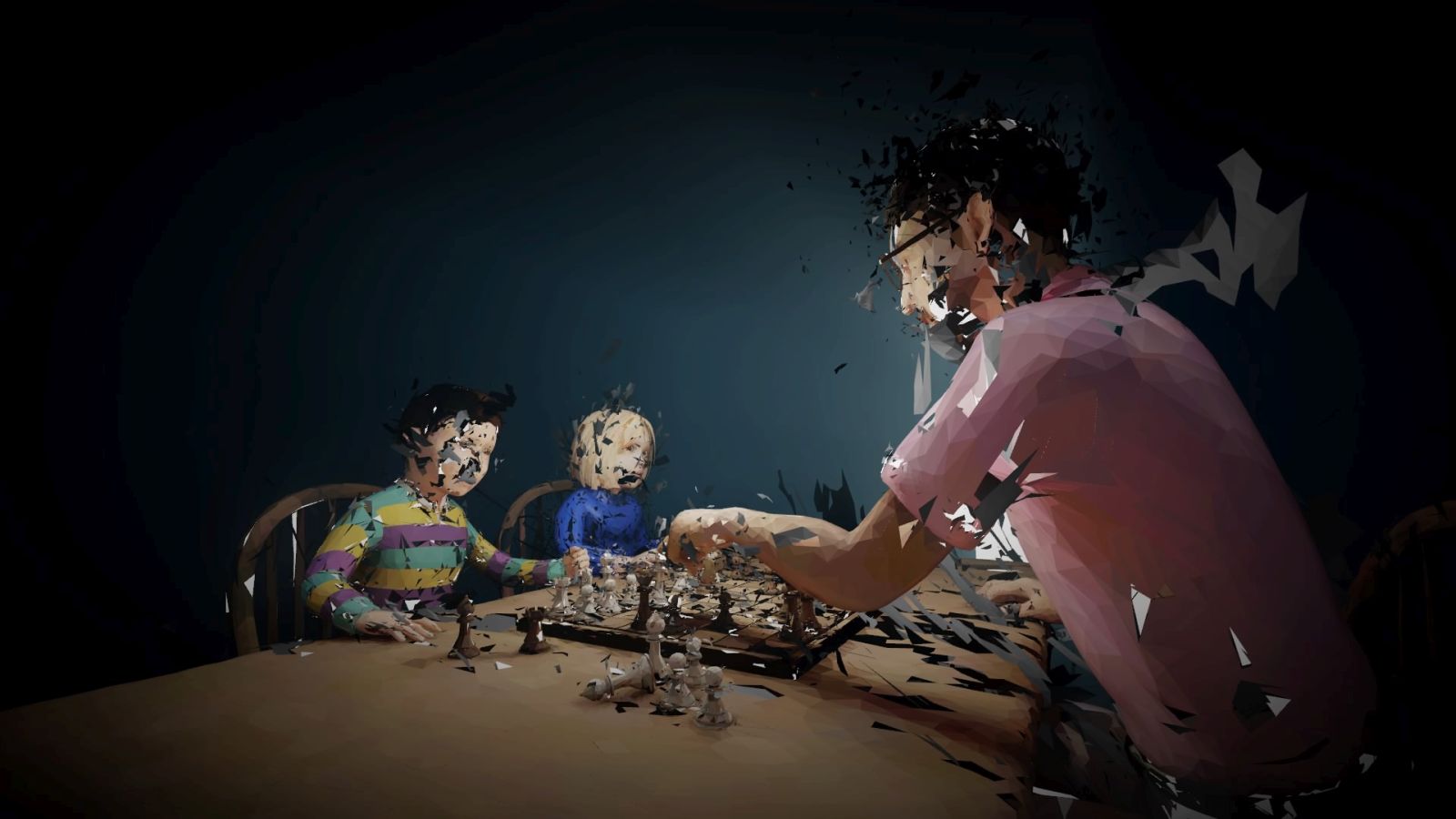
Regardless of who you are in that equation though, I can’t deny that I’ve absolutely loved my time with Bound. It’s a title I could play more than once, and re-understand the story with many social filters overlaid on its bright exterior. It’s not quite a game, or a nongame as Staniszewski described, but it’s definitely an experience.
Game information:
Release Date: 16 August 2016
Developer: Plastic Studios, Santa Monica Studio
Publisher: Sony Interactive Entertainment
Genre: Puzzle platformer
Platform(s): PlayStation 4 (review platform)
Price: R299
Verdict: Although it’s flawed in some aspects, Bound is perhaps made all the more charming for it. The petit protagonist Princess is enigmatic, graceful and enchanting, allowing the gamer to project themselves onto her faceless frame, while the gameplay and story mesh incredibly well to build the complex, modern art dreamworld. It won’t be liked by everyone and is a fairly brief game by many standards, but at least for its artistic wizardry — from development to the dance-craft — it’s a title that should be appreciated.
Score: 8/10

